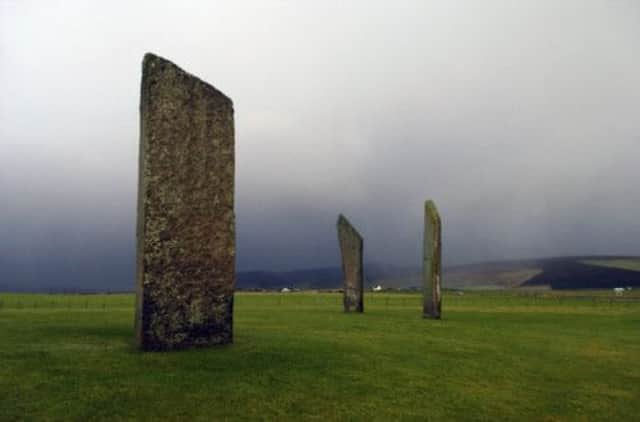Population of Scottish islands increases by 4%


The increase over the past decade is highest on Orkney, Shetland and the Western Isles, which have been labelled the happiest places to live in the UK.
But the picture is mixed, with major islands further south, including Arran, Bute and Islay, all recording significant falls.
Advertisement
Hide AdAdvertisement
Hide AdThere were 103,702 people living on the islands at the most recent census in March 2011, up 4 per cent from 99,739 ten years earlier. That made up 2 per cent of the national population, but the 2011 level is not a record high, with the population thought to have been larger at the start of the 20th century.
Registrar General Tim Ellis said: “The population of the Scottish islands has increased over the last ten years. However, much of this increase is a result of the sizable population increases in Orkney, Shetland and the Western Isles.
“Some of the other larger islands, such as Bute, Arran and Islay, have seen population decrease over the decade.”
The most populated island area in 2011 was Lewis and Harris with 21,031 residents, an increase of about 5.5 per cent since 2001.
In total, 50 islands saw an increase, with the largest rise in Orkney, which grew by 11 per cent – 2,104 – accounting for more than half of the increase across all the Scottish islands.
Orkney council convener, Steven Heddle, said: “Ours is a strong community where folk look out for each other, and we value our culture and heritage. We’re ambitious as well – with a can-do attitude and willingness to embrace new ideas and opportunities.
“The emergence of the marine renewables industry has created around 250 new jobs, bringing with it not only the workers, but their families too, and providing opportunities for our young people to find work at home.”
Alistair Carmichael, the Liberal Democrat MP for Orkney and Shetland, said: “What this increase underlines is the importance of ensuring our islands are not at the back of the queue when it comes to improvements in essential services.”
Advertisement
Hide AdAdvertisement
Hide AdResidents in the islands were found to be the happiest, most satisfied and least anxious in the UK in the first annual results of David Cameron’s so-called happiness index, which were released by the Office for National Statistics (ONS) last year.
Participants were asked how worthwhile they found their activities, their level of life satisfaction, how happy and how anxious they were.
The Western Isles, Orkney and Shetland scored the best in each category.
When asked how worthwhile their lives were, residents scored an average of 8.2 out of ten. When asked how happy they were, the average was eight out of ten. Life satisfaction showed an average of 8.1.
Angus Campbell, leader of Comhairle nan Eilean Siar (Western Isles Council), said: “The Outer Hebrides continues to face the challenge of an ageing population; however, it is encouraging to see it is experiencing positive net migration.”
SNP MSP for the Western Isles Alasdair Allan said: “The island communities offer a unique way of life and the fact that the population of so many islands has increased is a clear sign that people are attracted to that lifestyle.
“Hopefully, that trend will continue and the islands will continue to be home to growing, thriving communities.”
The 2011 census recorded Scotland’s population at 5.2 million, up 4.6 per cent since 2001. Argyll and Bute Council area saw a fall from about 15,889 to 15,105. Bute had a significant fall from 7,228 to 6,498, while Islay was down from 3,457 to 3,228.
Advertisement
Hide AdAdvertisement
Hide AdSimilarly, Arran, the North Ayrshire council area, experienced a fall from 5,045 to 4,629.
The growth in Shetland was on its mainland, which went up from 17,550 to 18,765.
There were 47,103 homes on Scotland’s inhabited islands in 2011, an increase of 9 per cent (3,776) since 2001. The number of households in the four largest islands increased by 13 per cent, compared with a combined increase of 2 per cent for all the other islands.